Chef's Talk
Chef Syam Gopi
Chef Syam Gopi, Chef de Cuisine at NILA, Bangkok, Thailand
Chef Syam Gopi is known for high productivity and efficient task completion. Specialized in menu development, inventory management, and kitchen safety protocols. Excel in time management, teamwork, and adaptability, ensuring seamless kitchen operations and consistent culinary excellence. Innovative professional with well-rounded food background and extensive knowledge of all kitchen equipment. He is well-known for driving and maintaining substantial restaurant growth and developeing new food concepts.
After gaining experience at Grand Hyatt Kochi (India) and at JHOL (Michelin Guide Restaurant) Bangkok, he is now the Chef de cuisine at Nila Coastal Indian Specialty Restaurant, Amari Bangkok.
Was your decision to become a chef conscious or did you fall into it?
It was a conscious decision shaped by my childhood. Growing up in a fishing family in Kerala, I was surrounded by fresh seafood and home-cooked meals. My early memories of helping my mother in the kitchen and visiting my grandparents' tea shop sparked my passion. After my father’s accident, I took on more cooking duties, and that responsibility turned into a deep love for food, leading me to pursue professional culinary training.
Who was your biggest influence to embrace a cooking career?
My mother and grandmother — their love for cooking and resilience truly inspired me.
What are some emerging food trends that you’re noticing?
Coastal Indian cuisine is gaining attention. Dishes like dosa, ghee roast, and Malabar paratha are now appearing on more menus, even in North Indian restaurants. I’m proud to see this recognition.
What’s an emerging ingredient that you’re using a lot of these days?
Coconut — in many forms like coconut milk and coconut oil. It’s essential in coastal Indian cooking.
How easy or difficult is it to find the right ingredients for your cuisine in Bangkok?
Some key ingredients, like byadgi chilli and jeerakasala rice, are hard to find locally. We import them directly from India every month.
What would you cook at home if you were just making a laid-back dinner?
Dosa. It’s my comfort food — simple, quick, and satisfying.
What’s the difference between being a chef in India and in Bangkok?
In India, kitchens are more traditional and spice-heavy. In Bangkok, the pace is faster, flavours are lighter, and there’s more variety due to international guests.
How is people’s relationship with food different between India and Thailand?
In India, food is deeply tied to tradition and family. In Thailand, it’s more about convenience and daily enjoyment — street food plays a big role.
Is there one dish that sums up your style?
Yes — Wada Bao, a Mumbai-style potato fritter served in Thai bao. It reflects my love for street food with a twist.
Will any of the dishes you discovered recently be making their way onto your menus?
Yes. We’re introducing Road Kadai Kaalan, a popular dry mushroom street dish from Tamil Nadu.
Do you try out dishes on your family or friends?
Yes, they’re my best critics and help me refine recipes.
How often do you change the menu?
About every six months, depending on seasonal ingredients and guest feedback.
Do you serve vegetarian dishes?
Yes, including Mochar Chop, Wada Bao, and Anjeer Kofta — all rooted in regional Indian flavours.
What are your customers' most frequently requested dish?
Meen Pollichathu — Kerala-style fish grilled and baked in banana leaf, served with appam. It’s a favourite among Thai guests.
What do you think the most important qualities are in a young chef?
Curiosity, discipline, and humility. These traits help chefs grow and stay grounded.
Can you name some famous people you have cooked for?
Yes, Sachin Tendulkar. I had the honour of cooking for him while working at Grand Hyatt Kochi.
What’s the one cooking tool a chef should not be without?
A sharp knife — it’s essential for speed, precision, and safety in the kitchen.
What’s the best advice you’ve ever been given?
Work with passion. Don’t fear mistakes — learn from them and keep experimenting.
What are your favourite restaurants in Bangkok?
Manel Lanka, a small Sri Lankan place serving authentic, forgotten recipes. Simple but full of heart.
Your favourite holiday destination?
Krabi — I went with my family and it was a wonderful, peaceful escape.
What’s next for you?
I dream of travelling, learning global cuisines, and working with great chefs. I want to keep growing, creating meaningful dishes, and sharing my culture through food.
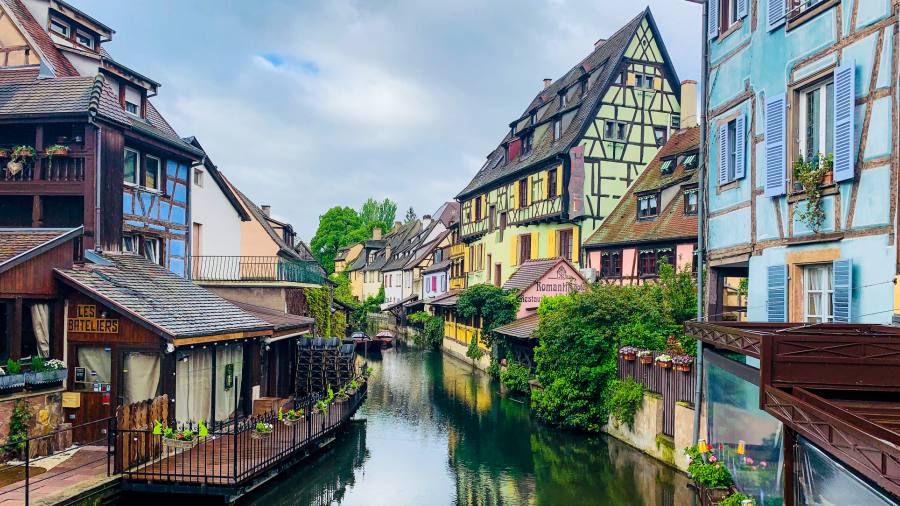
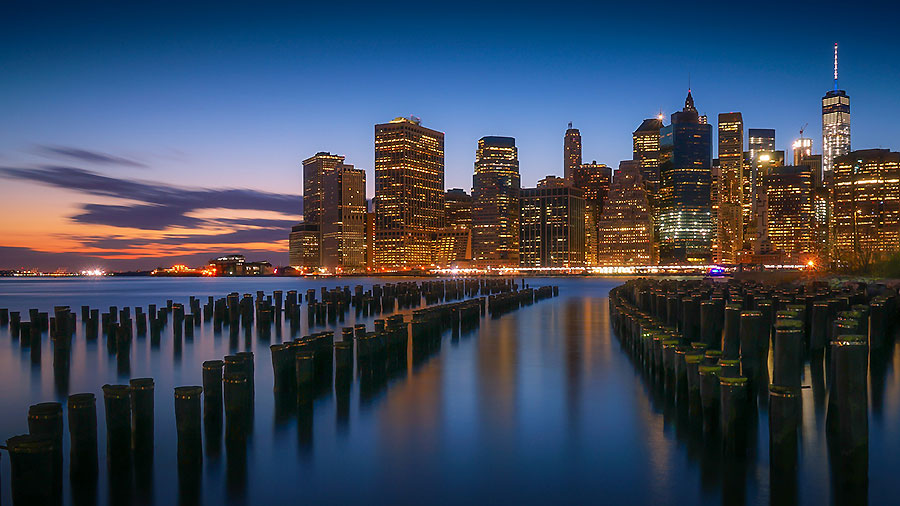
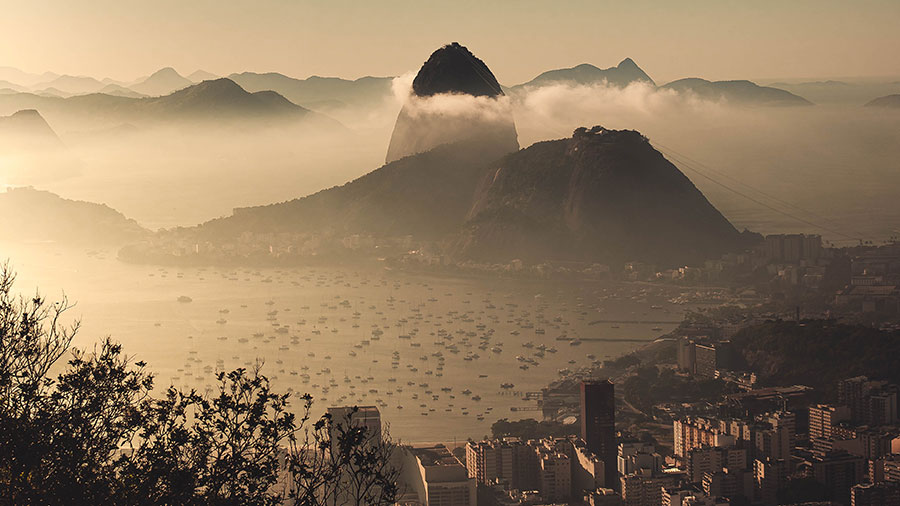
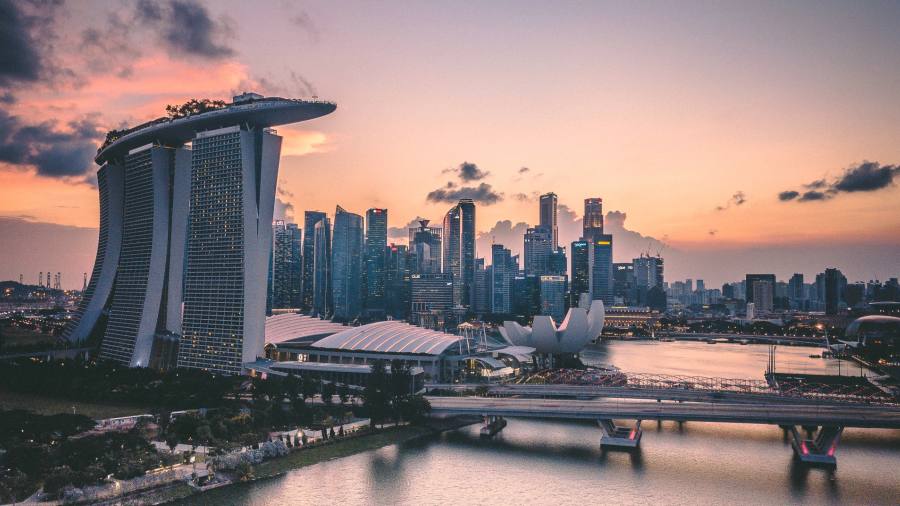

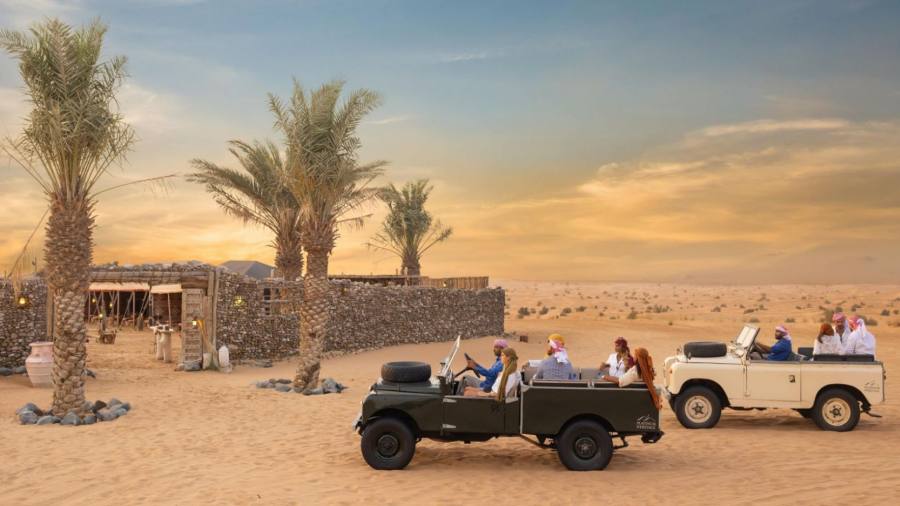
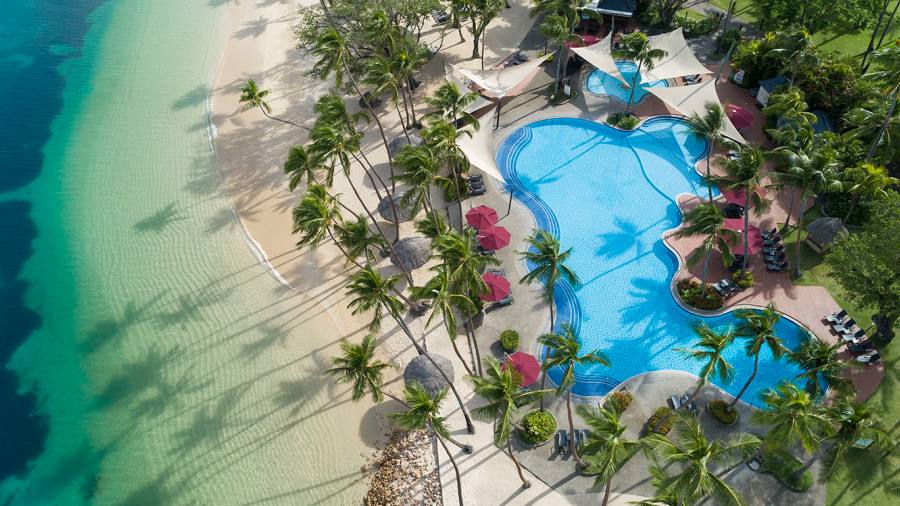
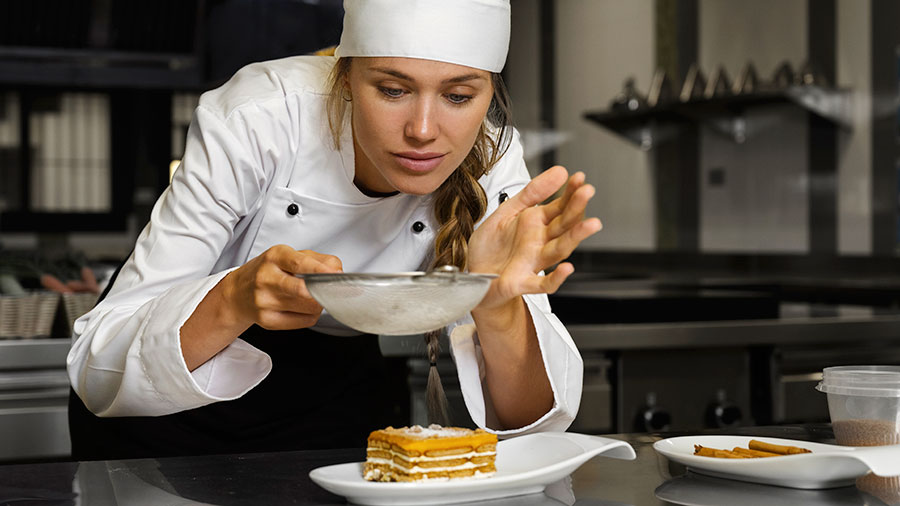

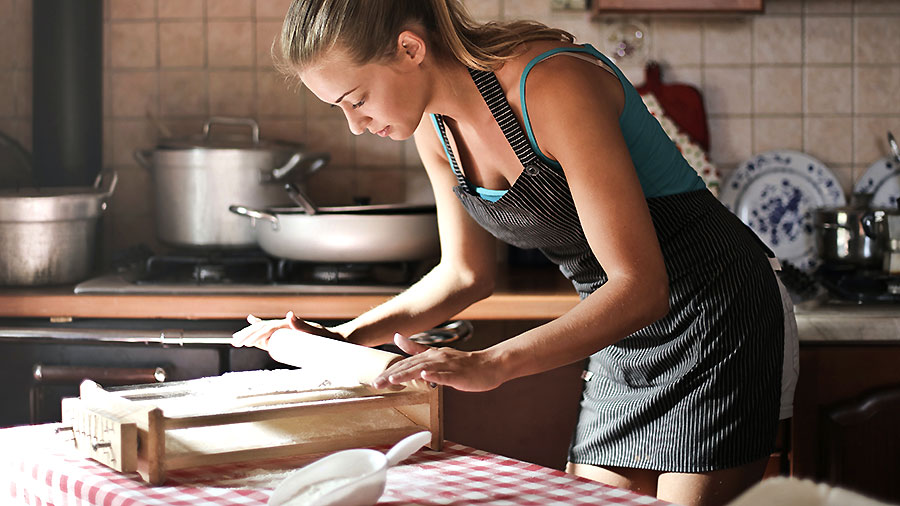

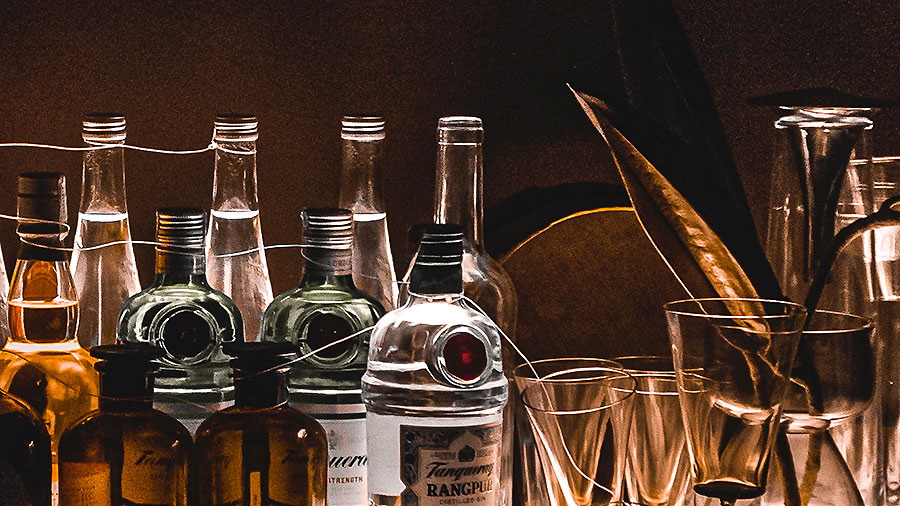
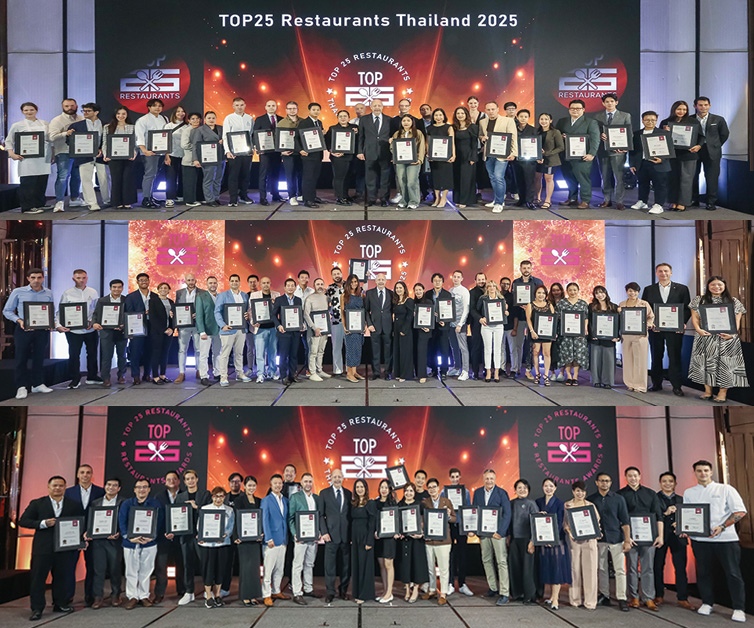
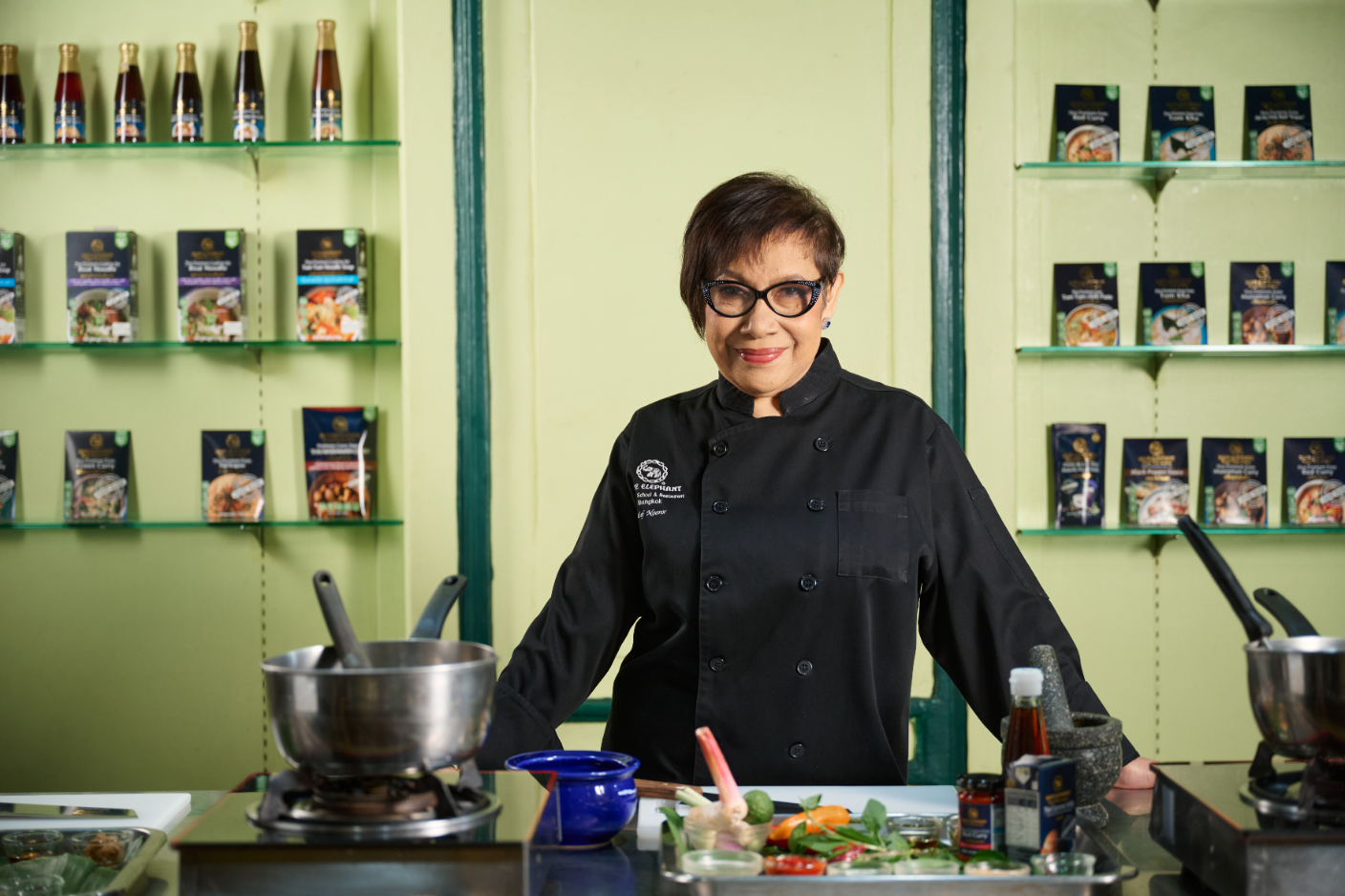
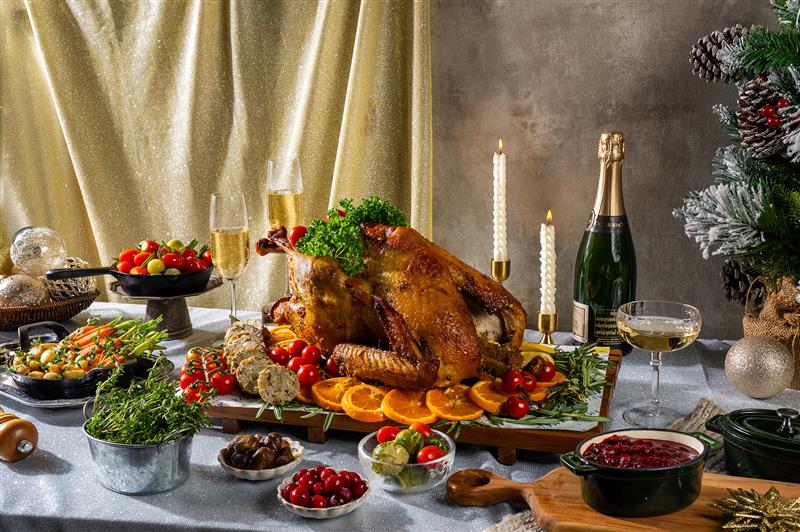
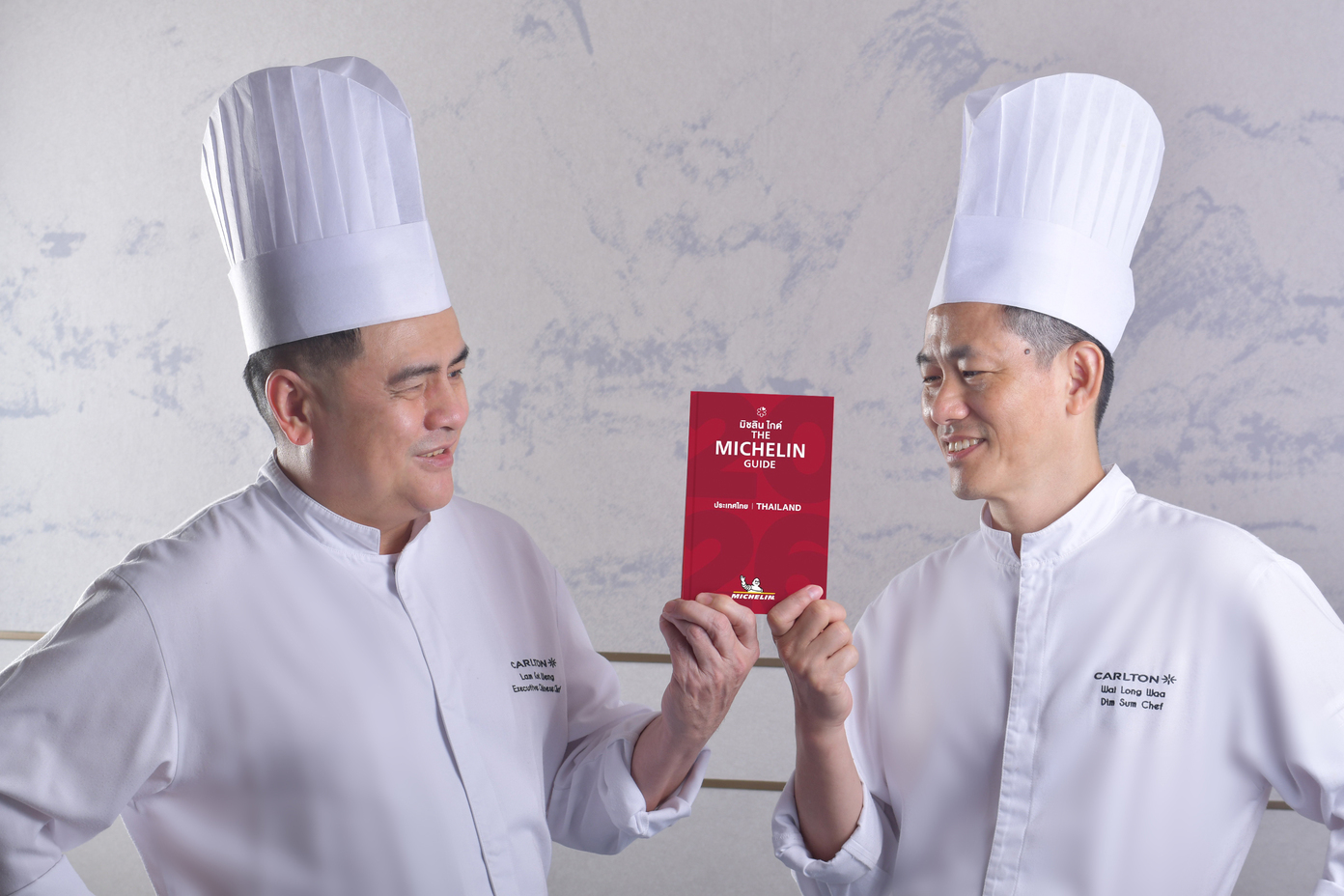
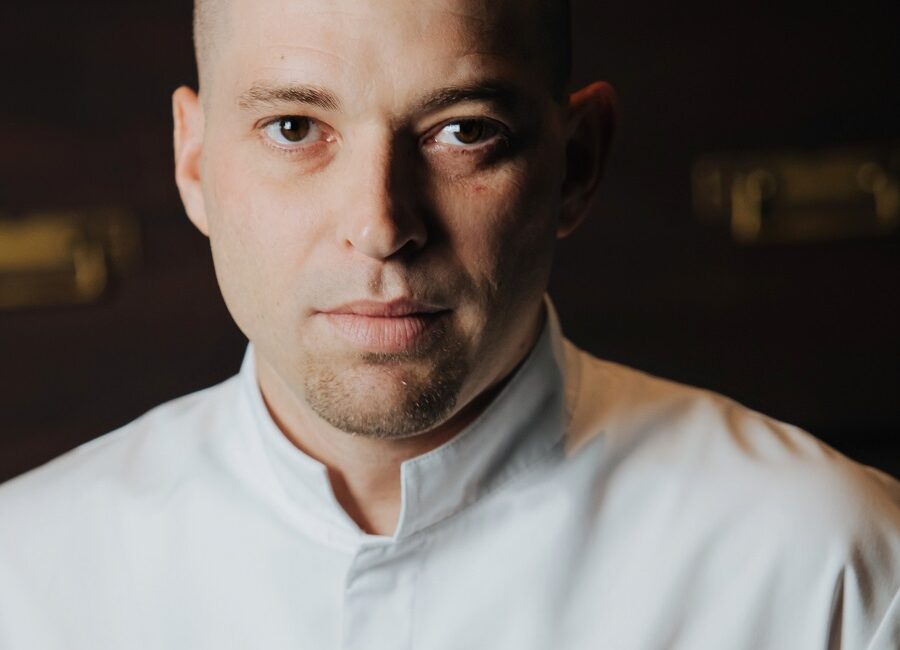
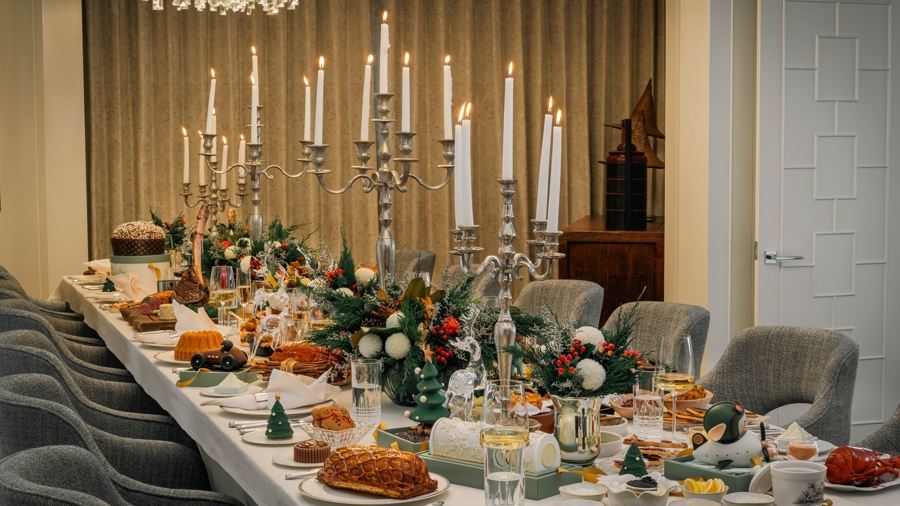
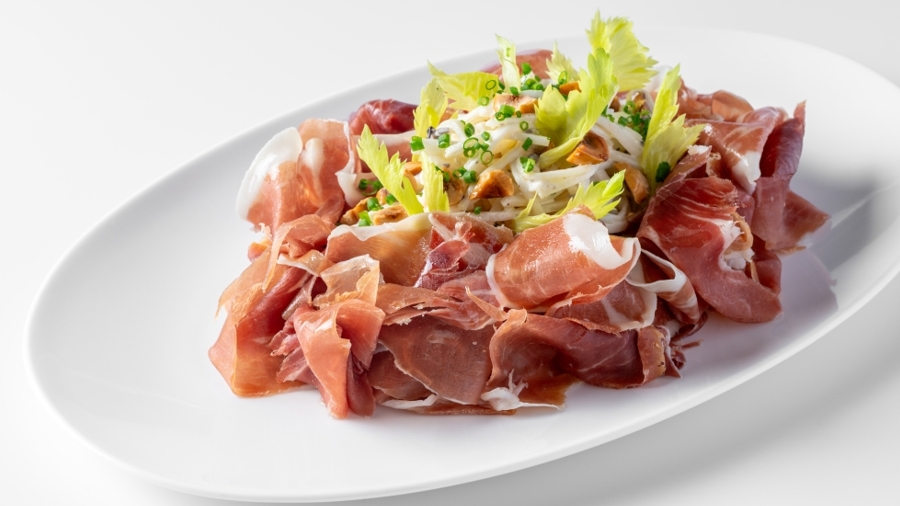
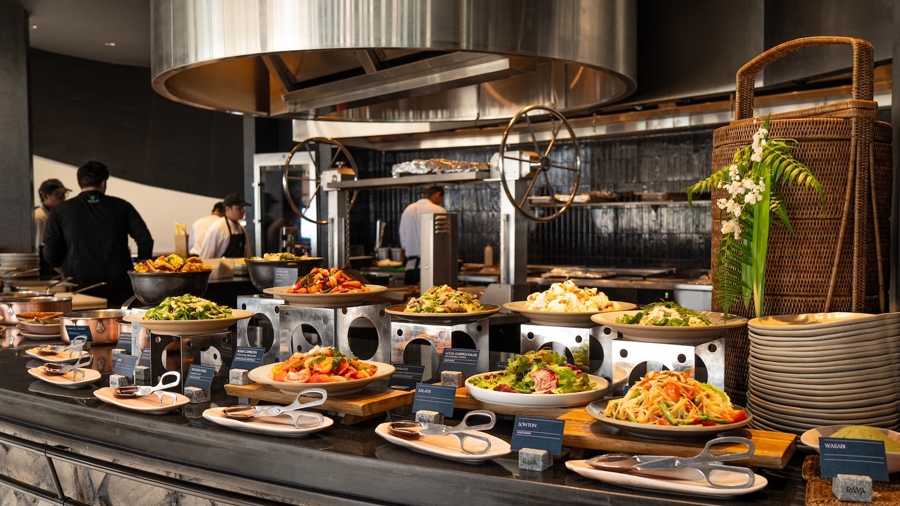
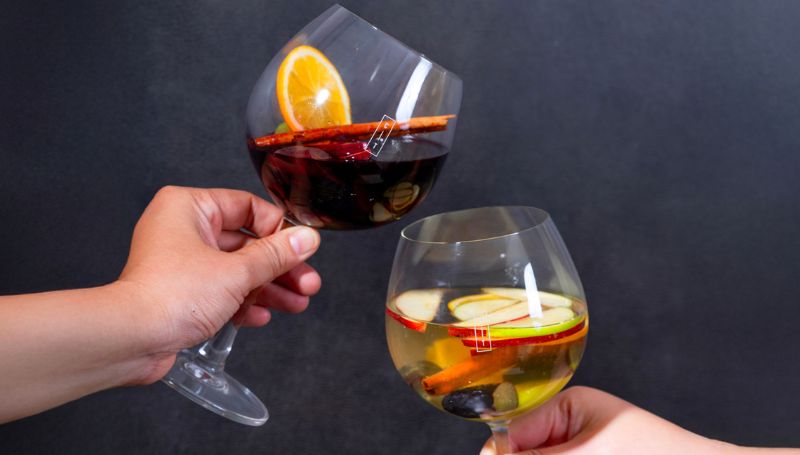
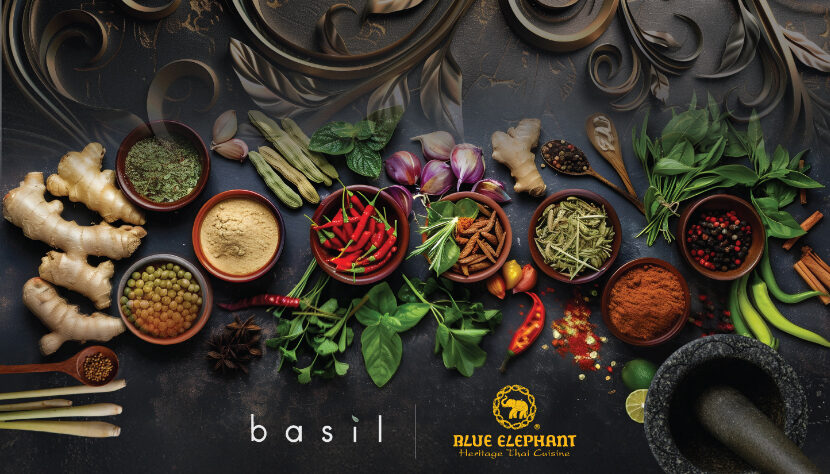
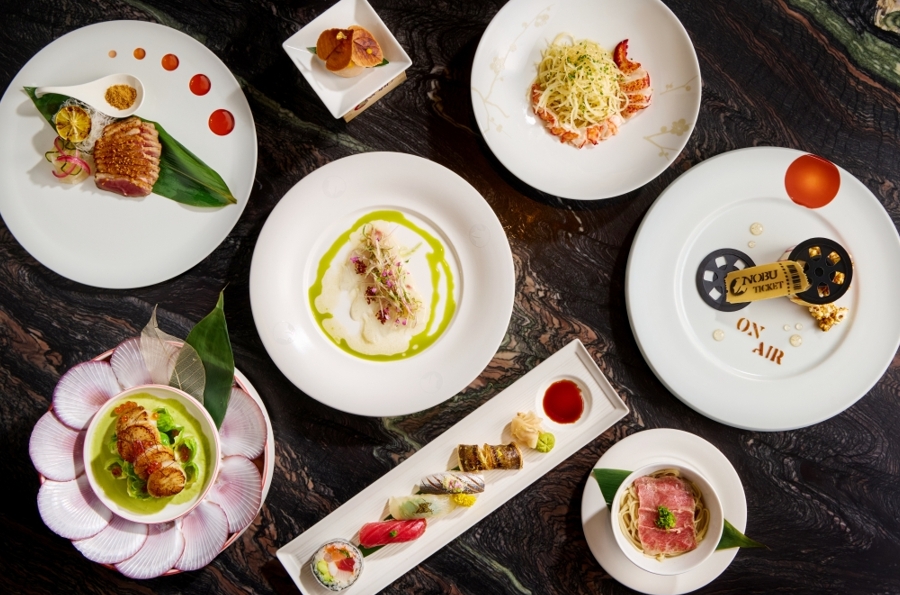
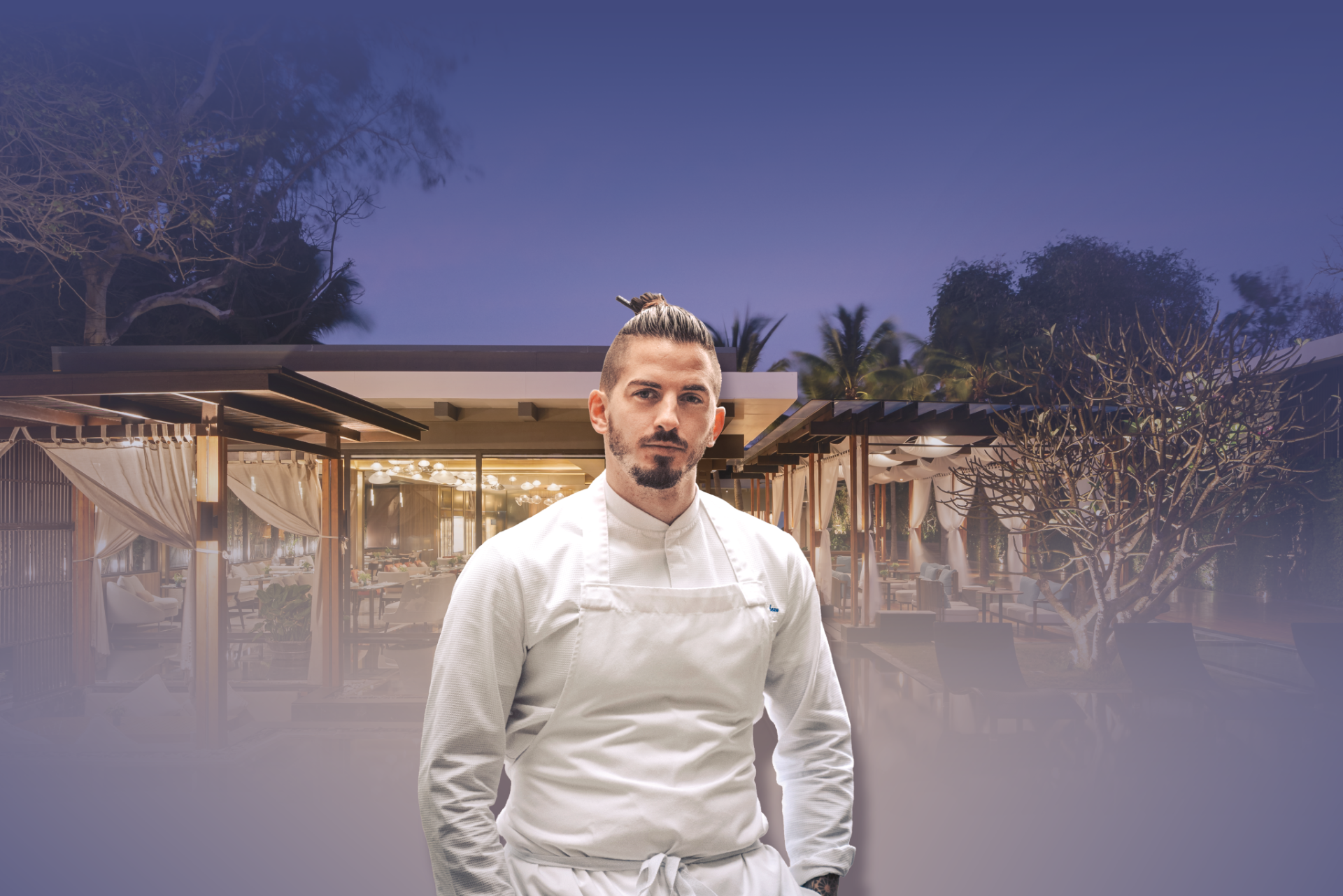
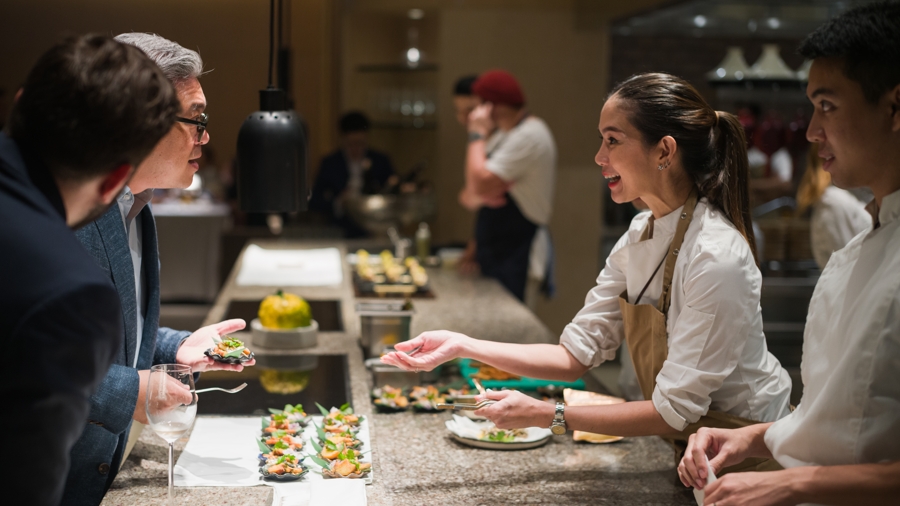
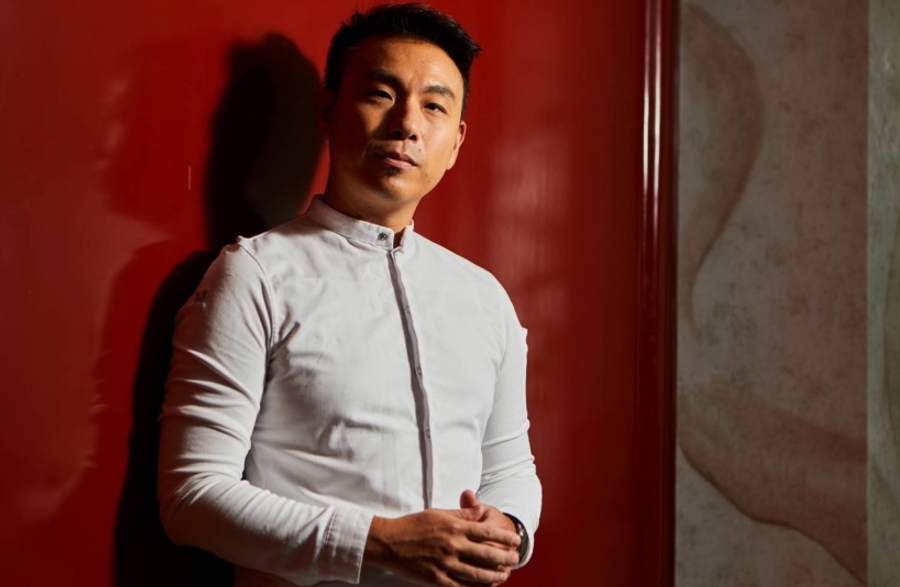
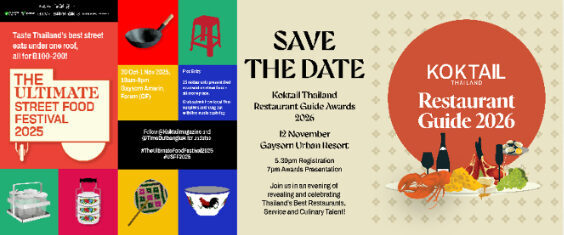
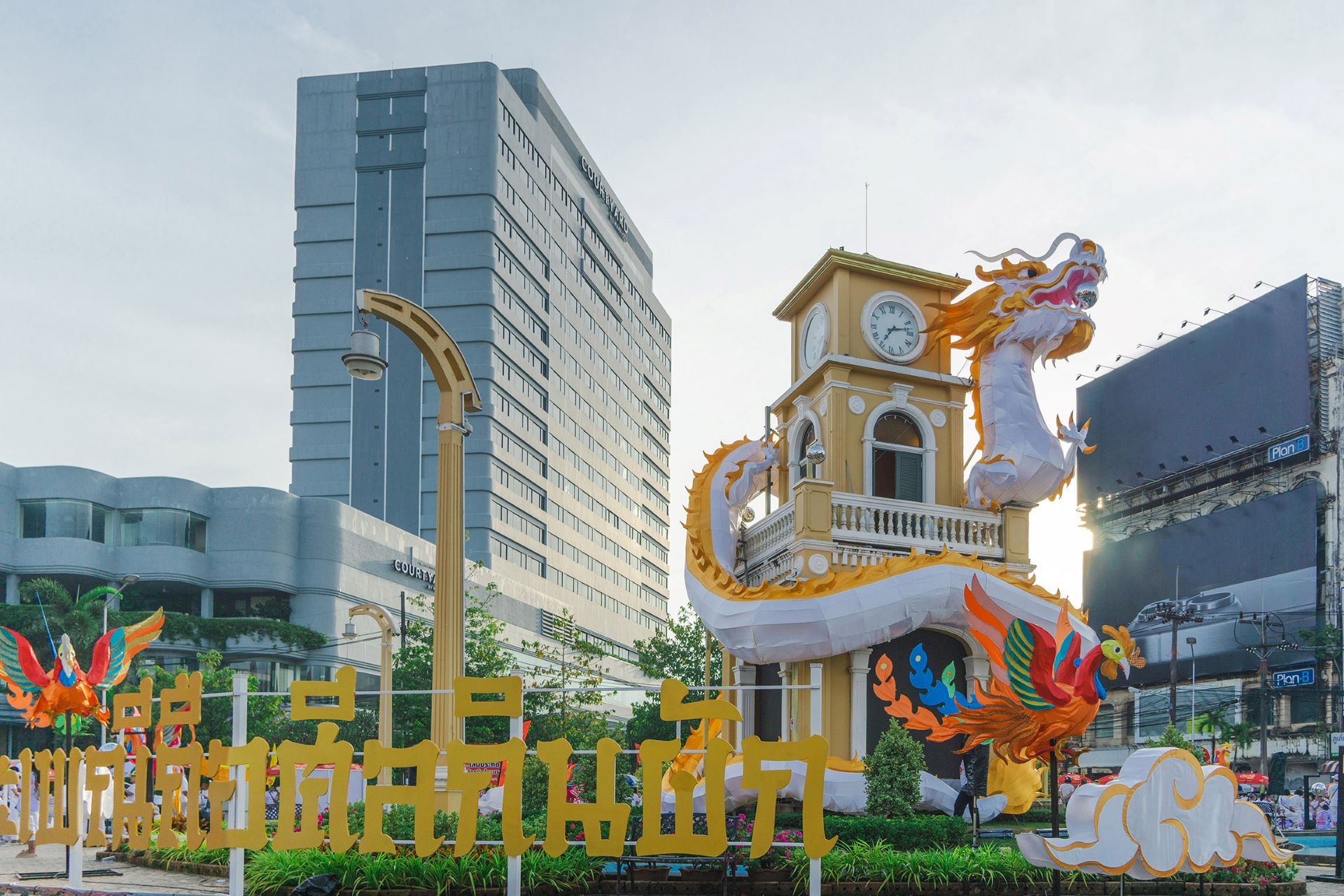
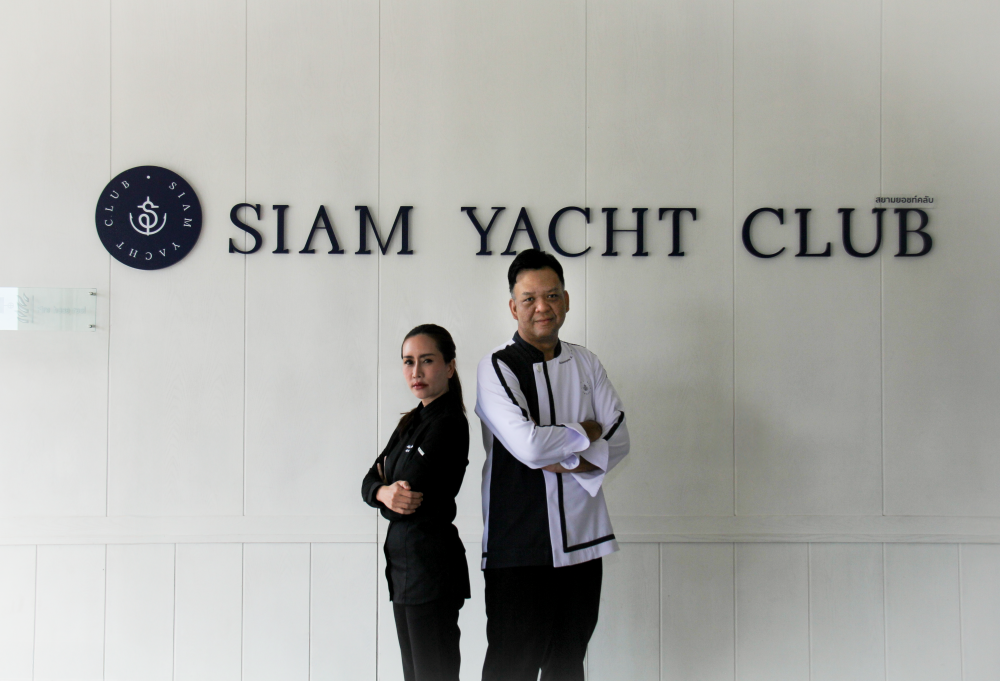
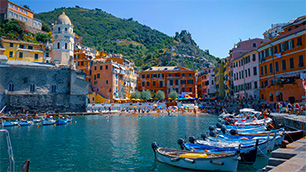 Gastronomy Cities
Gastronomy Cities
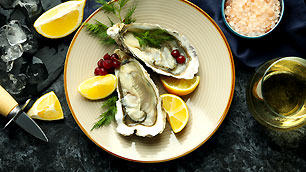 Amazing Food
Amazing Food
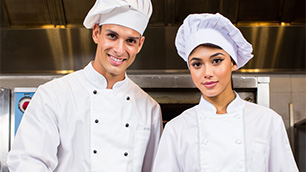 Chef's Talk
Chef's Talk